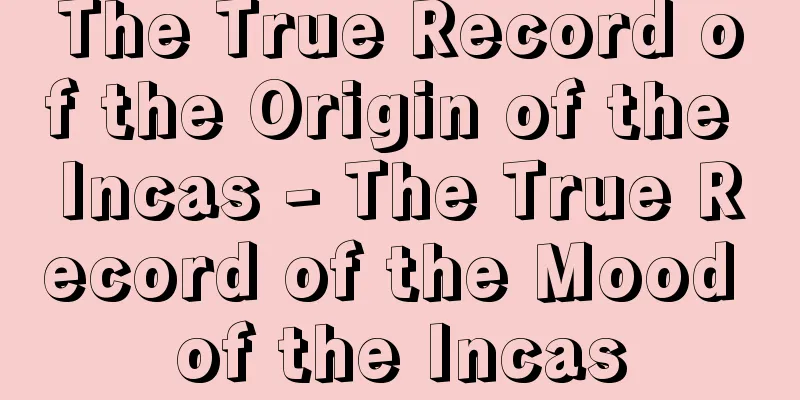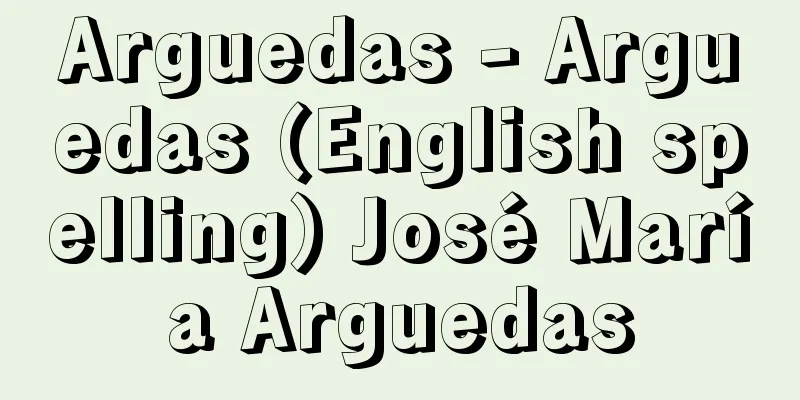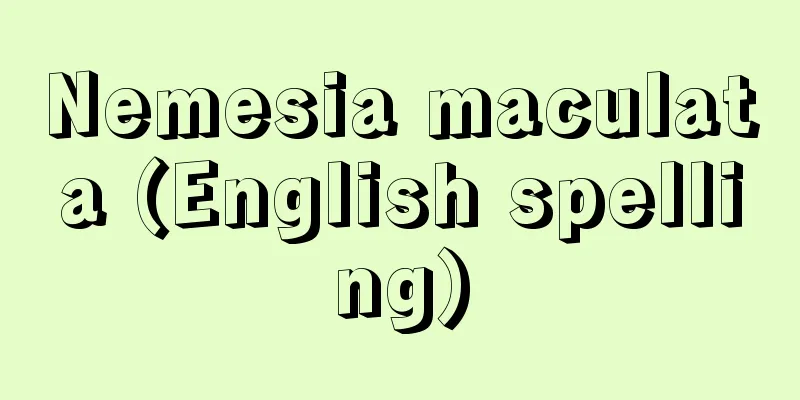Stone arrowhead

|
Stone arrowheads are attached to the tip of arrows. They appeared and became widespread in Japan during the Jomon period. They are all made by chipping, and hard stones such as obsidian, quartzite, hard shale, and sanukite are chosen because they are easy to chip and are hard. They are usually around 2cm long. They come in both stemmed and stemless varieties, and there is even more variety in their shapes. Stone arrowheads are attached to arrow shafts, and sometimes deer antler shears were used for this. Asphalt was also used as a bonding agent, and it is possible that lacquer was also used. Bamboo is thought to have been the most common material for the shaft, and fragments of it have been discovered. Human bone fragments with stone arrowheads still embedded in them (ulna, for example, from the Ikawazu shell mound in Aichi Prefecture) and a deer's ischium (for example, from the Shijimizuka shell mound in Shizuoka Prefecture) have been discovered, giving us an idea of the power and limitations of the stone arrowhead. In the Yayoi period, ground stone arrowheads as well as chipped ones were developed. The items excavated in Kitakyushu have long stems and stripes, and are very similar to those found in South Korea. The others are shaped like an isosceles triangle with taut edges on both sides, and have a hole in the center near the base. Many of both are made of slate. It is possible that they were not practical items. [Isamu Okamoto] [Reference] |Late Jomon period, length 3.5cm, owned by the Metropolitan Museum of Art "> Stone arrowhead Source: Shogakukan Encyclopedia Nipponica About Encyclopedia Nipponica Information | Legend |
|
矢の先端につける石製の鏃(やじり)。日本では縄文時代に出現し普及する。すべて打製によるもので、黒曜石、珪岩(けいがん)、硬質頁岩(けつがん)、サヌカイトなどの硬くて打ち欠きやすい石材が選ばれている。長さ2センチメートル前後のものが普通である。有茎のものと無茎のものとがあり、形にはさらにバラエティーが目だつ。石鏃は、矢柄(やがら)に装着するが、その際鹿角(ろっかく)製の根ばさみが使われることもあった。また、固着剤としてアスファルトが利用された。漆の使われた可能性もある。矢柄材は、竹が一般的であったと考えられる。その片鱗(へんりん)も発見されている。石鏃が射込まれたままの人骨片(尺骨、愛知県伊川津(いかわづ)貝塚例)やシカの坐骨(ざこつ)(静岡県蜆塚(しじみづか)貝塚例)などが知られ、これらから石鏃の威力と限界を察知できる。 弥生(やよい)時代には、打製とともに磨製の石鏃が発達した。北九州の出土品は長い茎(なかご)と縞(しのぎ)をもち、南朝鮮のものと酷似する。他は両側縁の張った二等辺三角形を呈し、底辺寄りの中央部に一孔をもつ。ともに粘板岩製が多い。実用品でないケースも考えられる。 [岡本 勇] [参照項目] |縄文時代後期 長さ3.5cmメトロポリタン美術館所蔵"> 石鏃 出典 小学館 日本大百科全書(ニッポニカ)日本大百科全書(ニッポニカ)について 情報 | 凡例 |
Recommend
Gangoji Temple Gokurakubo Main Hall
…The following are representative examples of the...
Jongleur (English spelling)
A general term for entertainers in medieval France...
Elevator operation management control system - Elevator operation management control system
...Also called an elevator. A machine that transp...
Alkmaion (English spelling)
Hero of Greek mythology. Son of Amphiaraus and Eri...
Caesarean section - teiousekkai (English spelling) cesarean section
It is a surgical procedure to artificially delive...
Aoido
...The origin of the name and place of production...
Chubu
The name of an old city located at the southern t...
pederasty
...Homosexuality, which can be defined as sexual ...
MSG - MSG
Madison Square Garden MSG [monosodium glutamate] 《...
Petau, D.
…However, the Christian era, which is now common ...
imitation leather
…Before the war, imitation leather, or imitation ...
Tribulus terrestris; caltrop
It is an annual or biennial plant of the family Tr...
Bononia
...It is a strategic point for water, land and ai...
Potosi (English spelling)
The capital of Potosi Department, in the southwest...
Fire alarm - Fire alarm
Based on Article 22 of the Fire Service Act, this...









